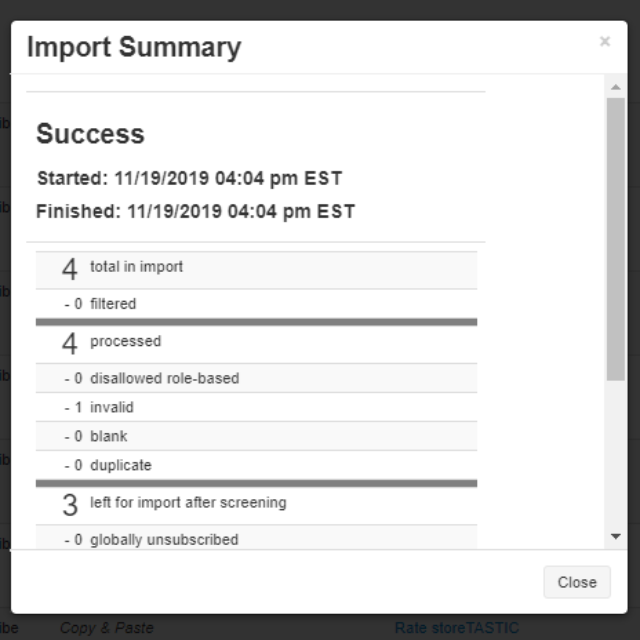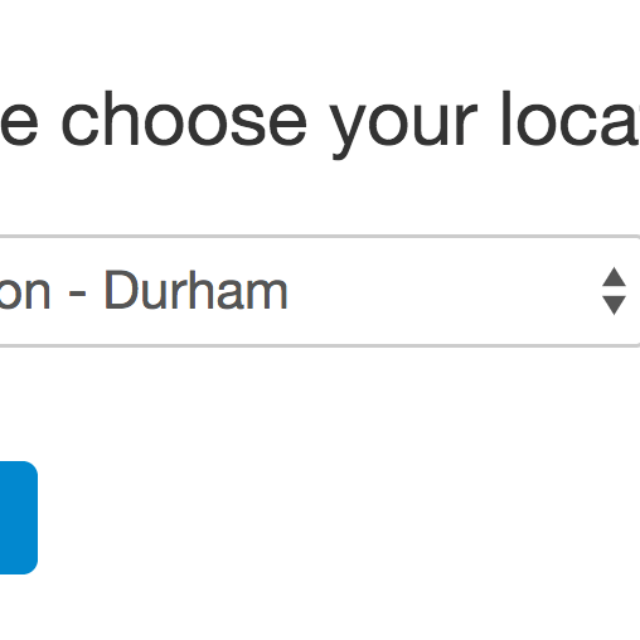The most powerful feature of the NPS (Net Promoter Score) survey is not in the sending of the survey. It’s what you do with your responses that counts.
In this article, we look at NPS best practices when it comes to analyzing your score.
We’ll look at how you can analyze your results and then take the appropriate action to either improve them or maintain them.
How to Understand the Data
There are a few things to understand before you begin analyzing your score and moving forward with action items.
First, if your score is below 0, you’ve got a lot of work to do. This means you have a much larger number of detractors or dissatisfied customers than you do promoters or your customers who are happy with you.
Next, if your score is somewhere between 0-30, you’re doing okay, but there is quite a bit of room for improvement.
If your score is between 30-70, your business is actually doing quite well. Your customer service is on par with the best businesses. But you can still improve.
Finally, if you’ve reached a score of 70-100, you’re doing everything right. Your customers are your promoters, your brand ambassadors. They are loyal and will recommend you.
How to View the Distribution
With promoters (your brand advocates), passives (your people who are basically on the fence), and detractors (those who don’t like your company), you have a lot of information at the ready.
So, in addition to your scores, you can look at the total distribution of your promoters, your passives, and your detractors. This can help you get an overview of where people stand.
Imagine the power of this data if you have multiple store locations. You can compare each location to better understand where your underperforming and overperforming company locations are.
For example, let’s say you have two locations, each with nearly the same NPS score. While this may seem clear enough, you do have more available data. You may find that location #1 has 60 promoters, 30 passives, and 20 detractors while location #2 has 30 promoters, 50 passives, and 5 detractors.
Your location #2 seems to have a larger number of people who aren’t very invested in your business and less detractors overall.
Using this information, you can see that you need a different tactics for improving your customer service at each location.
You might really concentrate on going above and beyond at location #2 because you have more people who don’t really care one way or the other about your business.
How to Understand the Customer Journey
To further understand your NPS score, you might consider sending your survey to customers who’ve been with you for three to five years and customers who have been with you for one to three years.
Breaking your surveys down by the customer journey can help you understand your customer lifecycle better. It can help you understand how customers feel about your company at different touchpoints.
You can understand customer satisfaction, for example, after the first purchase, after the third purchase, and after the fifth purchase.
Does it increase, level out, or decrease?
To gauge this type of info, set up surveys to go out at several different stages of your customer’s lifecycle.
You’ll learn how satisfied your customers are at different touchpoints and learn where you might have any customer service breakdowns.
Final Thoughts
NPS best practices include analyzing your score as the most important thing you can do with your NPS survey. The next most important thing is acting on the data. (tweet this)
This shows your customers that you care about their opinion and their experience with your business.
Taking action only helps your business when you take the next step after analyzing the data. And, that comes when you decide to make needed changes to improve customer satisfaction and turn everyone into a promoter.
Surveys help you make the best decisions for your business. Are you ready to get started with your free Survey Town trial? Start with your free account today, and you can upgrade at any time.
Images: Agnieszka Boeske on Unsplash




